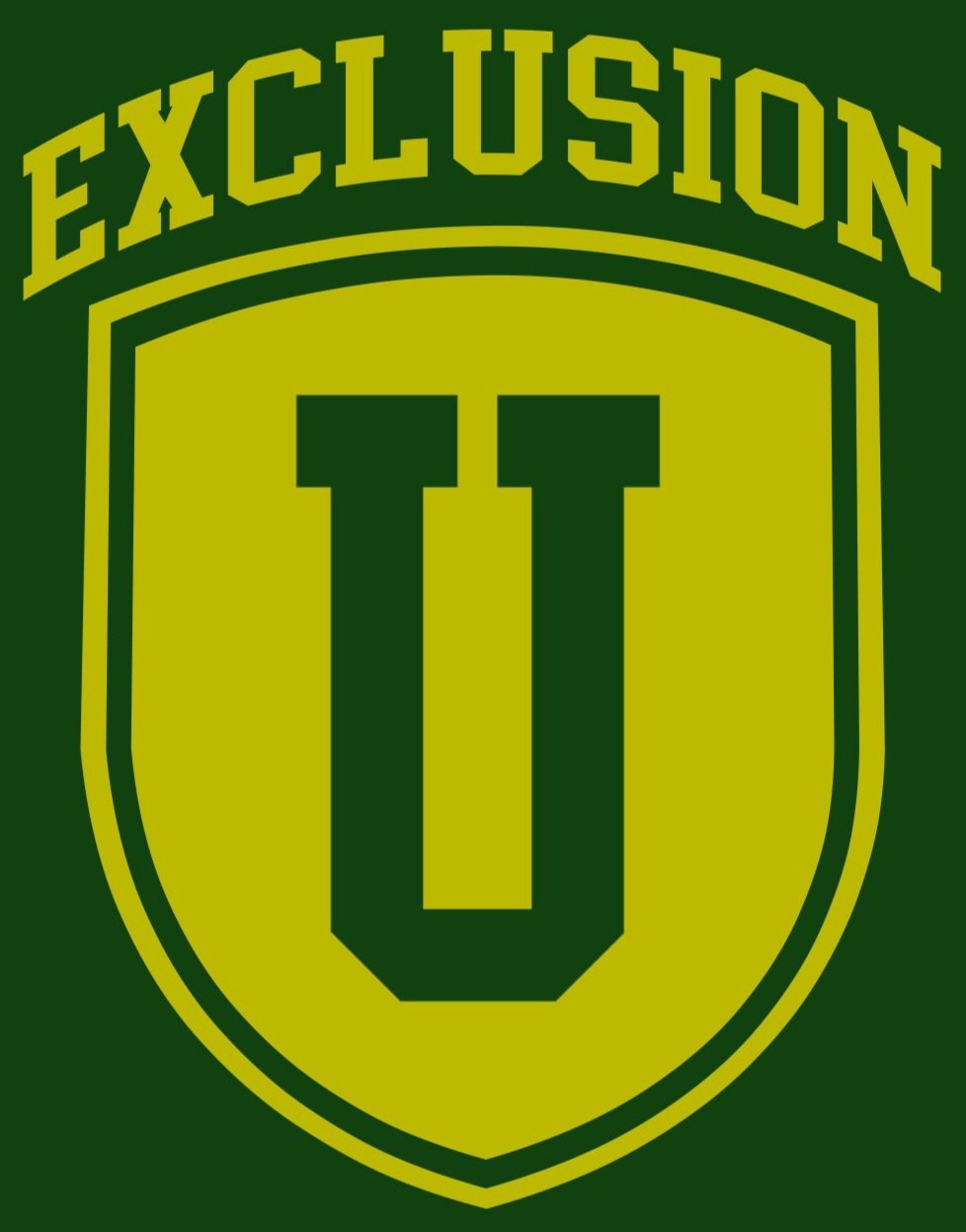Background
Ivy League Universities accept a very small percentage of students who apply and have vast amounts of wealth. Why aren't they educating more students, expanding opportunities and supporting the communities in which they reside?
Students who come from families in the top 1% income bracket are 77 times more likely to attend an Ivy League School than their lower income counterparts. Many students who attend Ivy League schools are “students of interest,” meaning they are legacy students, or that their families have donated a significant amount to support the school. First generation, low income students, particularly students of color, are rare outliers in the Ivy League environment - only 8,592 students at Ivy League Schools are Pell Grant eligible (meaning they are in the lowest income bracket). For students from middle class families, who can neither pay tuition outright nor are eligible for grant funding, the Ivy League is almost completely out of reach.
Combined, the endowments of the eight Ivy League schools total over $193 billion. These universities are treated like charitable organizations, meaning they do not pay taxes on the donation income they receive to fund these endowments. Rather than being a boon to the cities they call home, most Ivy League Schools do not pay property taxes, even though they have large property holdings. Some universities do pay PILOTS (payments in lieu of taxes) but these are far less then the taxes they would pay, forcing local communities to make up the difference.
In the meantime, high caliber schools such as Rice University, Georgia Institute of Technology and Purdue University accept many more students and provide much more support to those enrolled than do Ivy League schools, despite having significantly smaller endowments. Purdue has even opened up high schools to ensure that students from the local community are better prepared academically.
The Ivy League and other prestigious universities can do more to expand enrollments (enlarging class sizes, opening new campuses), support lower income students who arrive, and create pipelines to these universities for underprivileged students.

